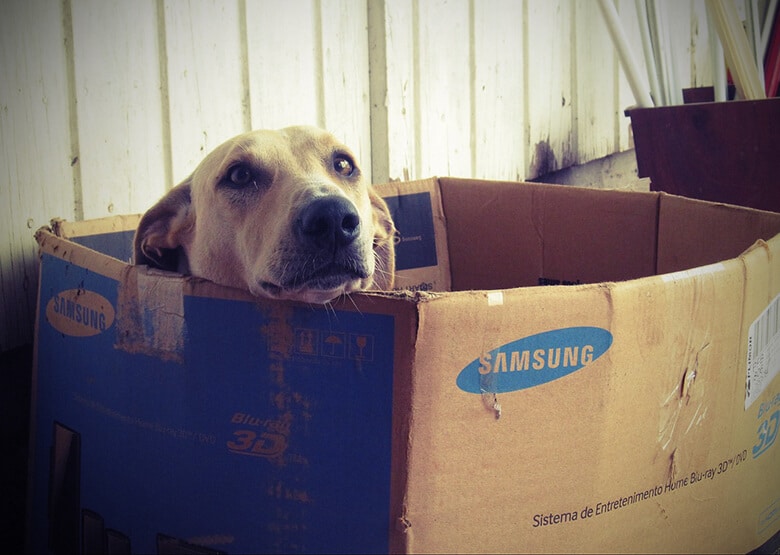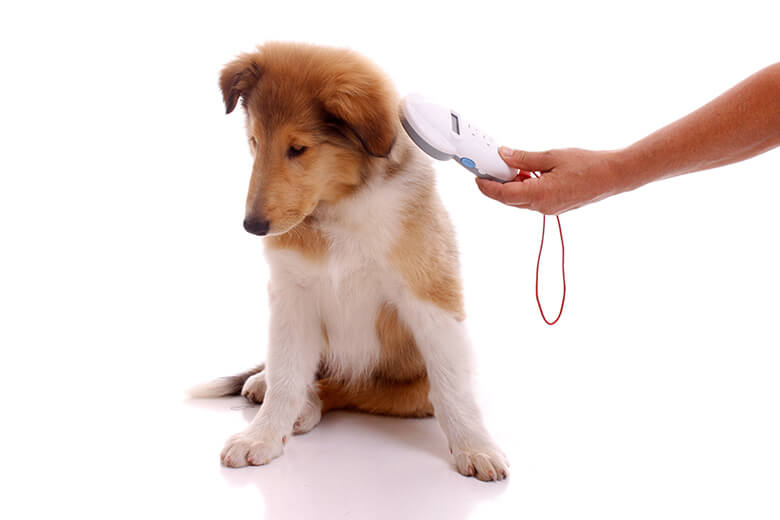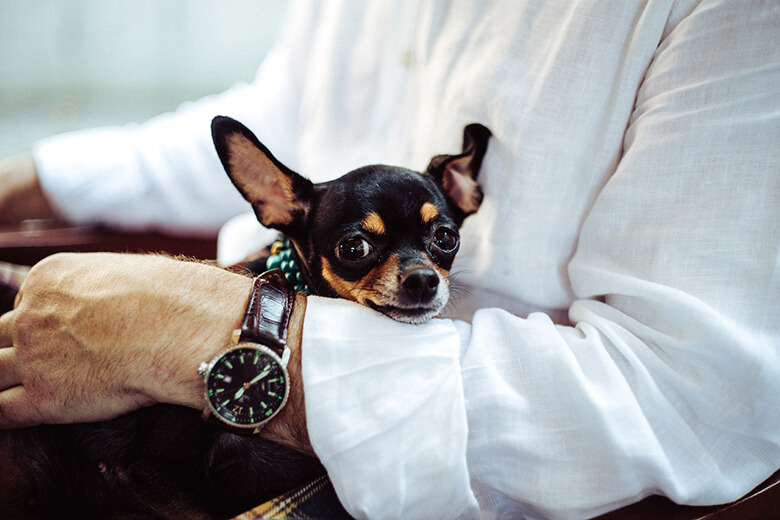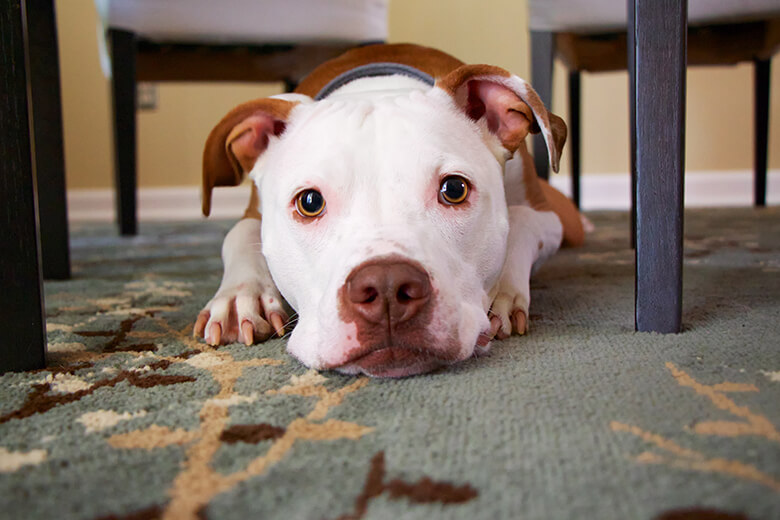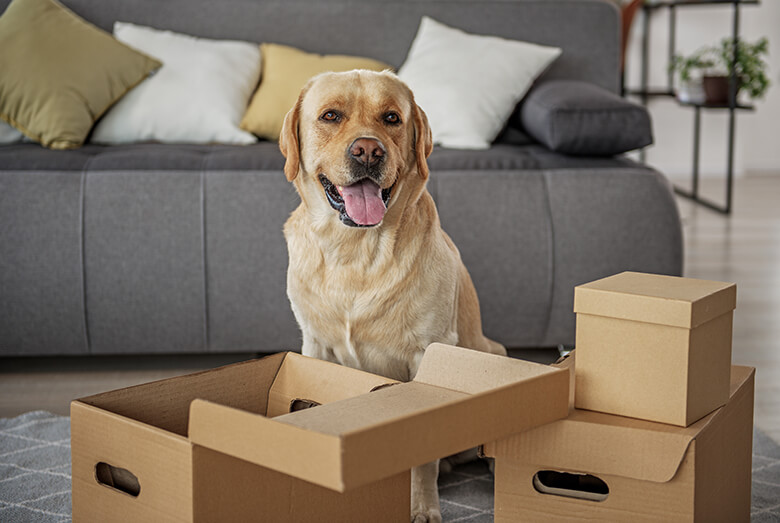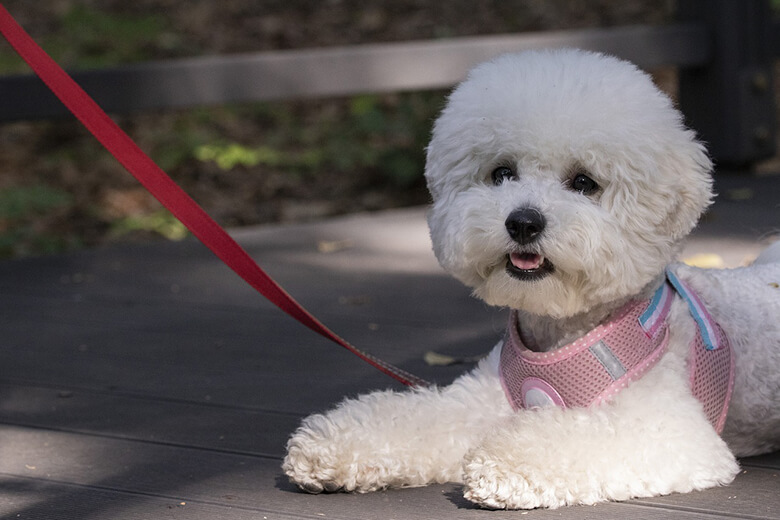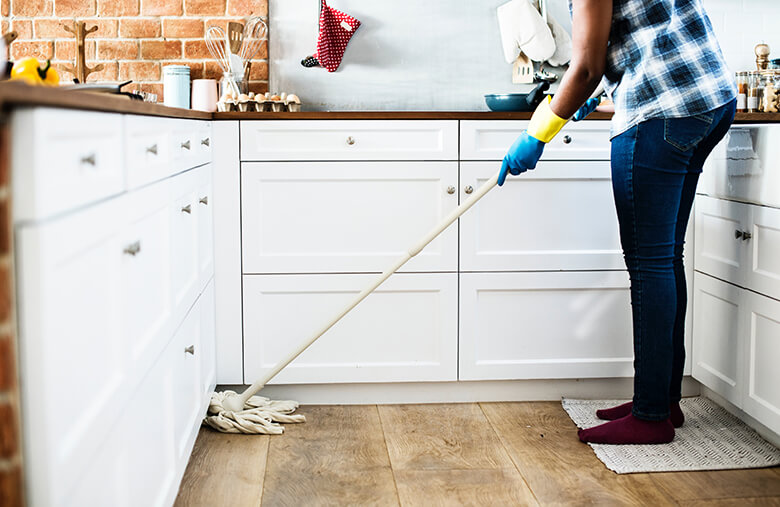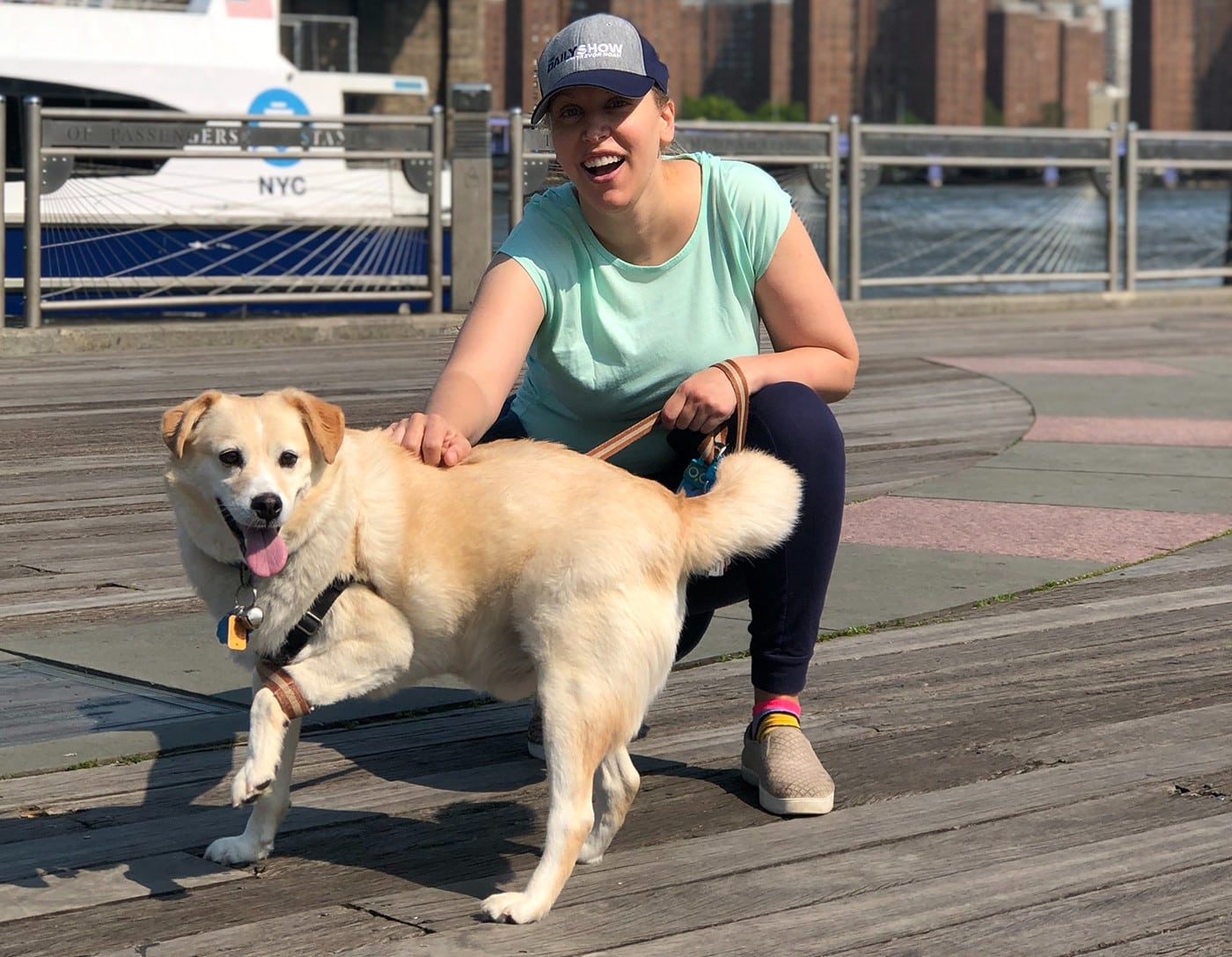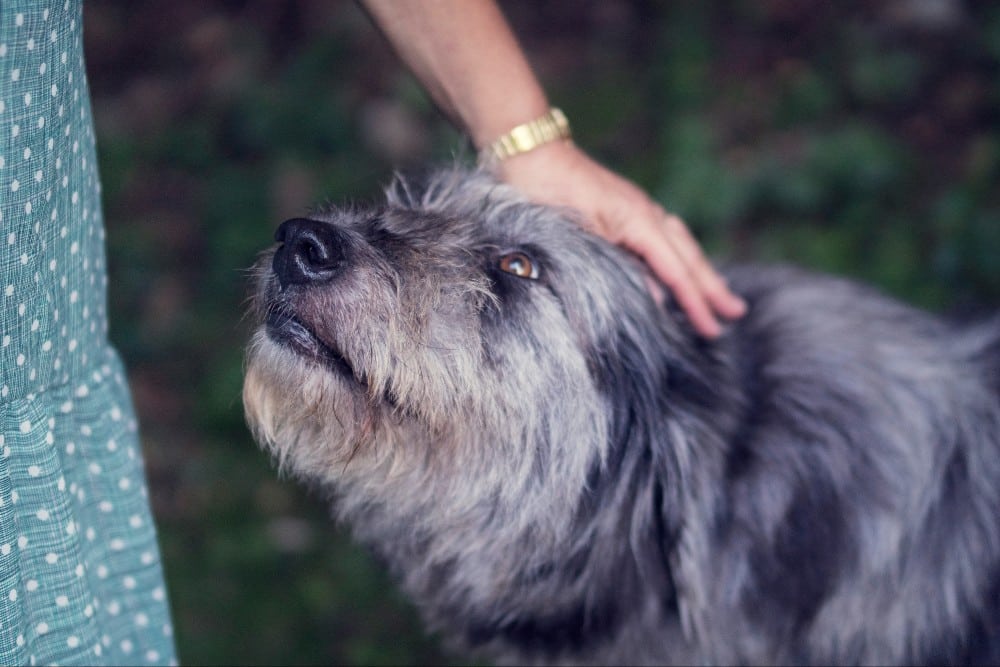Moving is hard. It’s stressful, exhausting, expensive and inconvenient. And for our dogs, moving can be terrifying. The entire process is disturbing from the packing to the unpacking. They have no way of understanding what’s happening or why they’re losing their home sweet home. When a dog’s home is no longer their safety zone, they become anxious or depressed. They may start acting out, chewing up furniture or shoes. They may forget their housetraining.
The worst thing you can do is to get angry. Don’t scream at your dog; she is not misbehaving out of spite.
Fortunately, there are ways to make your dog’s transition to a new home less disturbing and safer and to help her adjust sooner.
Related: 2018’s Most Dog-Friendly Cities and States in the USA
Here a few:
Get your dog microchipped.
As soon as you sign on the dotted line, start preparing to move your dog. If your dog isn’t microchipped, make an appointment with your vet. Attach an ID tag engraved with your phone number to your dog’s collar.
During a move, there’s an increased risk of your dog bolting — out the front door or a car window. If you’re selling your home, schedule showings when you’re out with your dog. If you are coming in and going out of your home more than usual, be aware of where your dog is when you open the door. In a car, keep your dog in a crate or use a doggie car seat or seatbelt. And don’t leave your dog alone in a car! Even with the air-conditioner on, things can go wrong.
Reassure you dog.
Give your dog extra hugs and kisses when you start packing. Your dog most likely associates bags (large and small) with you leaving. To reassure your dog that she’s coming with you, stop occasionally to play, walk, or simply snuggle. If your dog is extremely anxious, consider asking a friend or a dog sitter to take her out for the day.
Keep to your regular schedule of feeding and walking. Dogs are comforted by routine; moving is the worst time to break it. Wait until the day of the move to pack your dog’s things, but be sure to mark that box clearly, and ask the movers to put it in the truck last, so you can find it.
Make a plan.
Take your dog to a trustworthy friend or pet sitter (or have them pick up your dog) before the movers arrive. This is crucial to your dog’s mental health (and to yours). Dogs sense our anxiety — and who doesn’t feel a little crazed on moving day? Dogs can be protective of their people and their realm. They may see the hard work of movers as threatening. The last thing you want to deal with on moving day is a dog bite.
The front door will be propped open, and a terrified dog may run away. You won’t be able to watch your dog every second while the movers are there. If you don’t have anyone to look after your dog on moving day, use a secure area where your dog can hideout while the movers are there. Set her up with her bed, toys, and a water bowl. A room with a lock on the door is best, or post a sign on the door letting the movers know your dog is inside and to keep the door closed. Just in case, make sure you have a current photo of your dog on you as well as your dog’s microchip number.
Related: 8 Large Breed Dogs That Don’t Shed or Make You Sneeze
Unpack your dog’s box first.
If your dog is being cared for by a friend or sitter on moving day, before you pick him up, unpack his stuff — and take his existing things with you rather than buying anything new. Put his bed(s) where you want them, put down a water bowl with clean water and a food bowl with some kibble, and take out his favorite toys.
If you can, organize the chaos before getting your dog. Put boxes in a spare room or lined up against a wall. Create an area for your dog; If he usually hangs out in your bedroom, put his bed and toys there. Set up a crate or create a place where your dog can hide if he feels insecure or anxious.
Bringing your dog to your new home.
Take the time to give your dog a short walk around him new neighborhood. It will help him adjust and the exercise will burn off some anxiety. If you normally walk your dog off leash (which is, quite frankly, never advisable), don’t take any chances. Put him on a leash and make sure his ID tag is on the collar.
Let your dog explore his new home. If you use puppy pads, walk him over to it, and let him sniff. Let him hide if he wants to; he’ll come out when he’s ready. Put some food in his bowl and provide fresh, cool water. A way to a dog’s heart is through his stomach!
Puppy-proof your home.
While you’re settling in, you may be doing some deep cleaning. Be sure to keep cleaning products, medicines, and any other toxins out of reach of your pooch. Get down to dog level and scan the floor for any choking hazards. The debris of moving can be dangerous for dogs.
Check the kitchen and bathroom carefully. Make sure dangers like razor blades, cotton balls, tissues, soap, and any food that’s toxic to dogs like chocolate are tucked safely away. Try not to have electric cords everywhere as you’re moving lamps, televisions, and your computer around.
Give it some time. 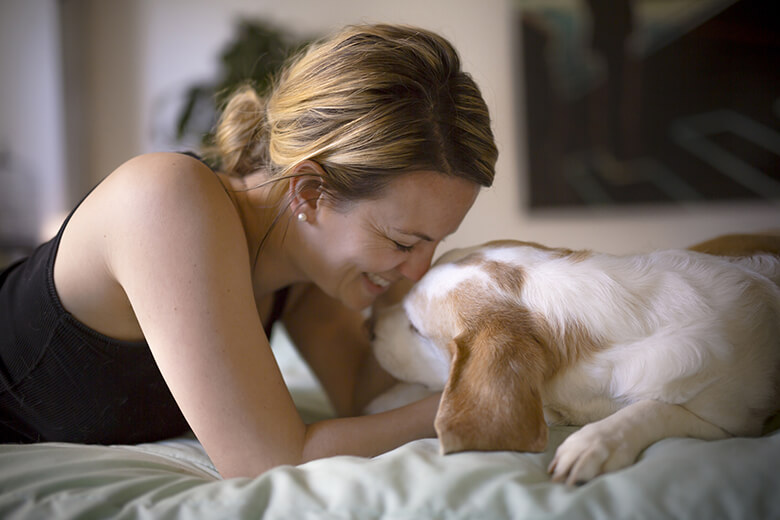
If you work outside of your home, try to take some days off. Leaving your dog alone in a strange environment a day to two after you move will be stressful. This is especially important if you’ve just adopted a new dog or you’re bringing a puppy home.
It will take some dogs longer than others to adjust. Don’t scold your dog if he has an accident. Nobody, human or dog, is perfect. Inappropriate peeing or pooping is probably either from anxiety or he’s marking his territory. Either plan for some extra walks, or reinforce puppy pad training. Reinforce good behavior with treats. Eventually, your dog will understand that he’s home.
Related: The First Command You Should Teach Your Dog to Build a Lasting Bond













